The importance of “going slow”
“Going slow” has never been easy. From rushing through my piano lessons as a kid to rushing through college (sorry, mom and dad!), I’ve always had a tough time accepting a leisurely pace. In a recent piano lesson with Jayjay, I was given some truly sage advice:
“In all the sessions I’ve done, I have never once been told I’m going too slowly. I have, however, been told to slow down.”
Obviously, this was purely in reference to playing music with older adults. However, in the delirium of end of internship, I have taken this advice to be somewhat- okay, entirely symbolic. There always seems to be an endless list of things to do, places to go, people to see, in our day to day lives. If we don’t allow ourselves to take our time, we will quickly burn out. As I enter the final 48 hours of my internship, I have very little time to “go slow.” Still, making sure that we sleep, feed ourselves normally, and take even just a few minutes a day to breathe, we can protect both our over-worked minds and our over-worked bodies.



